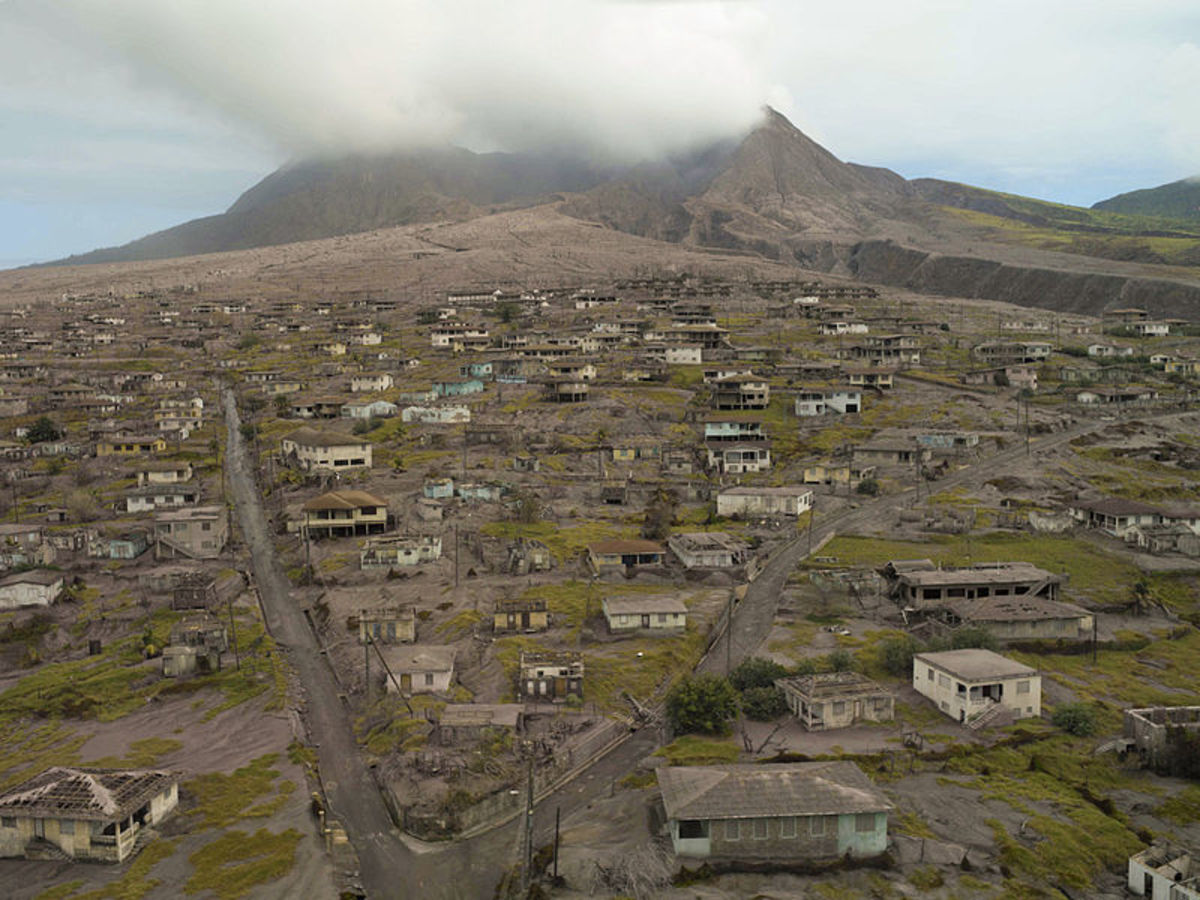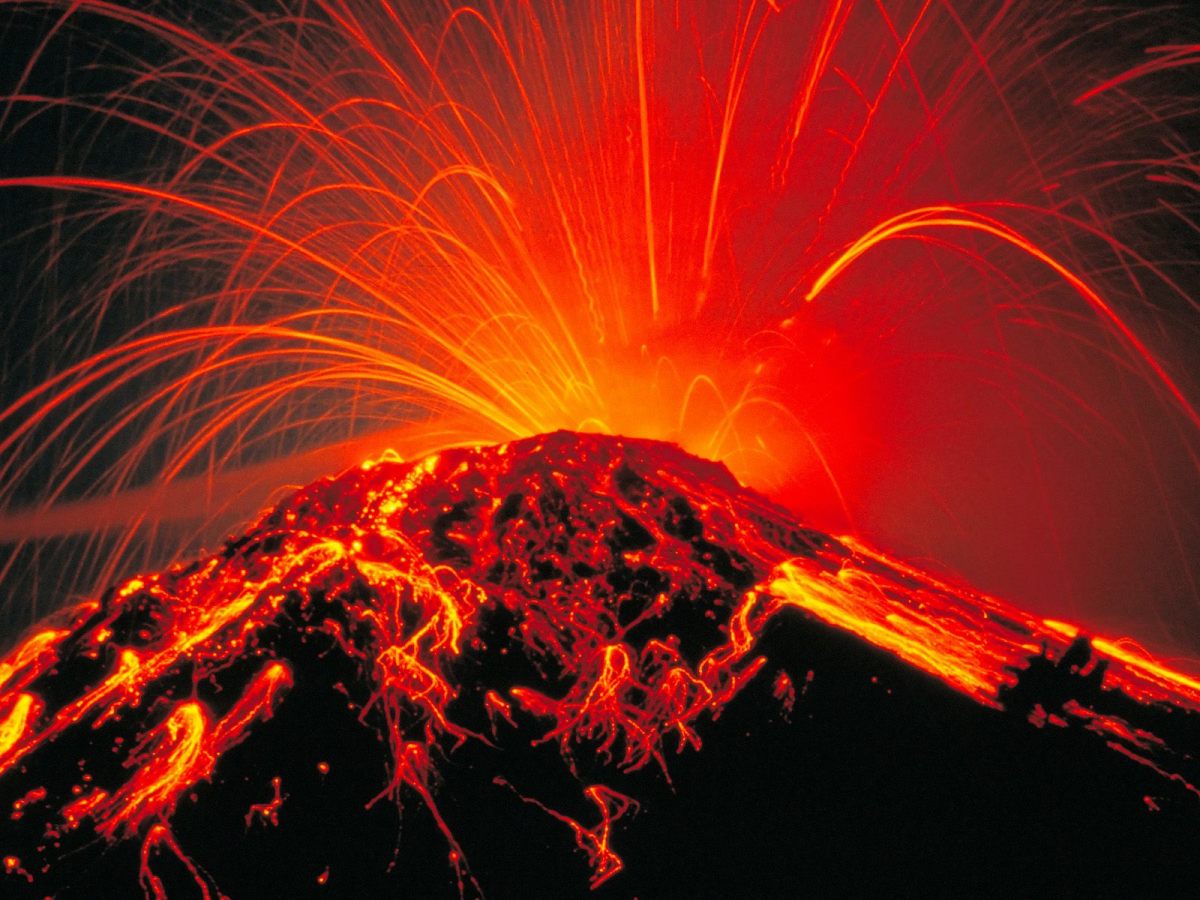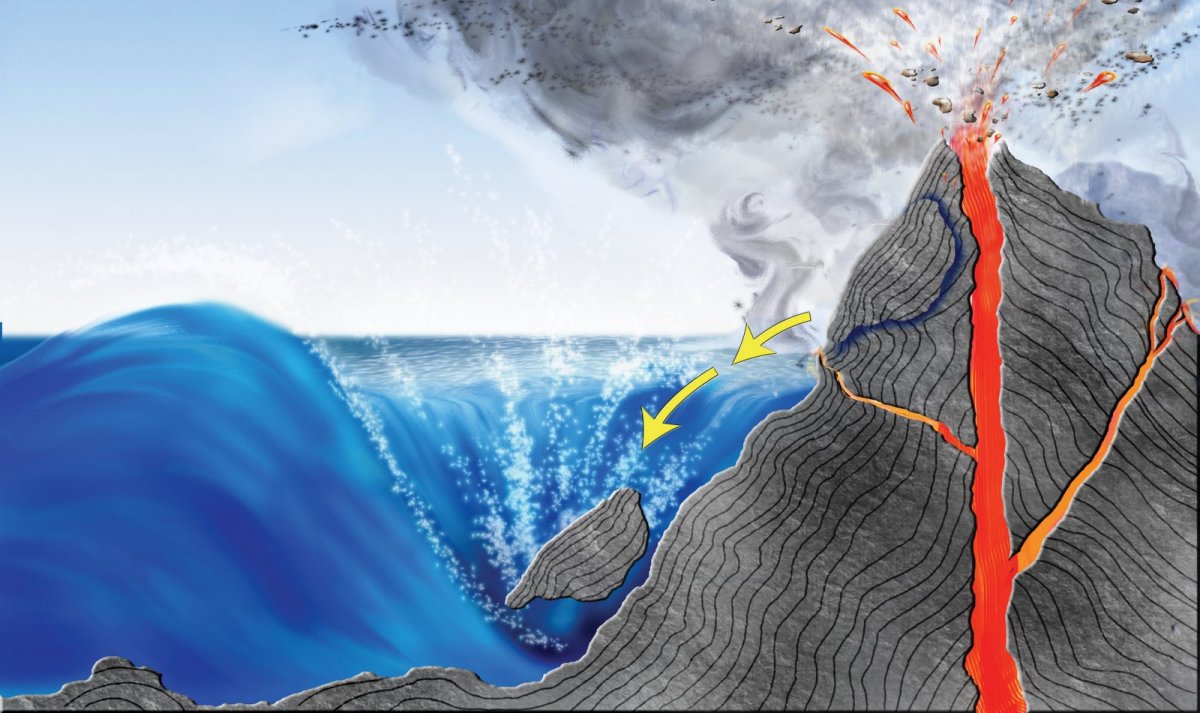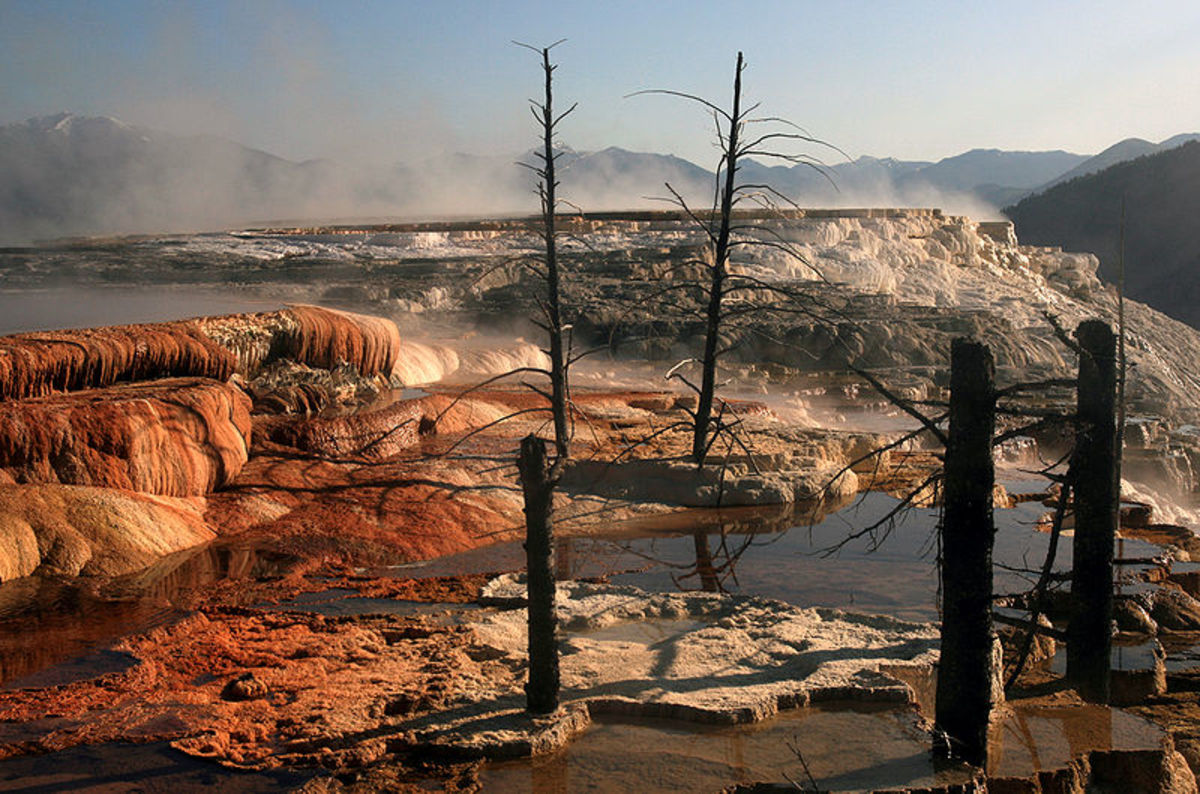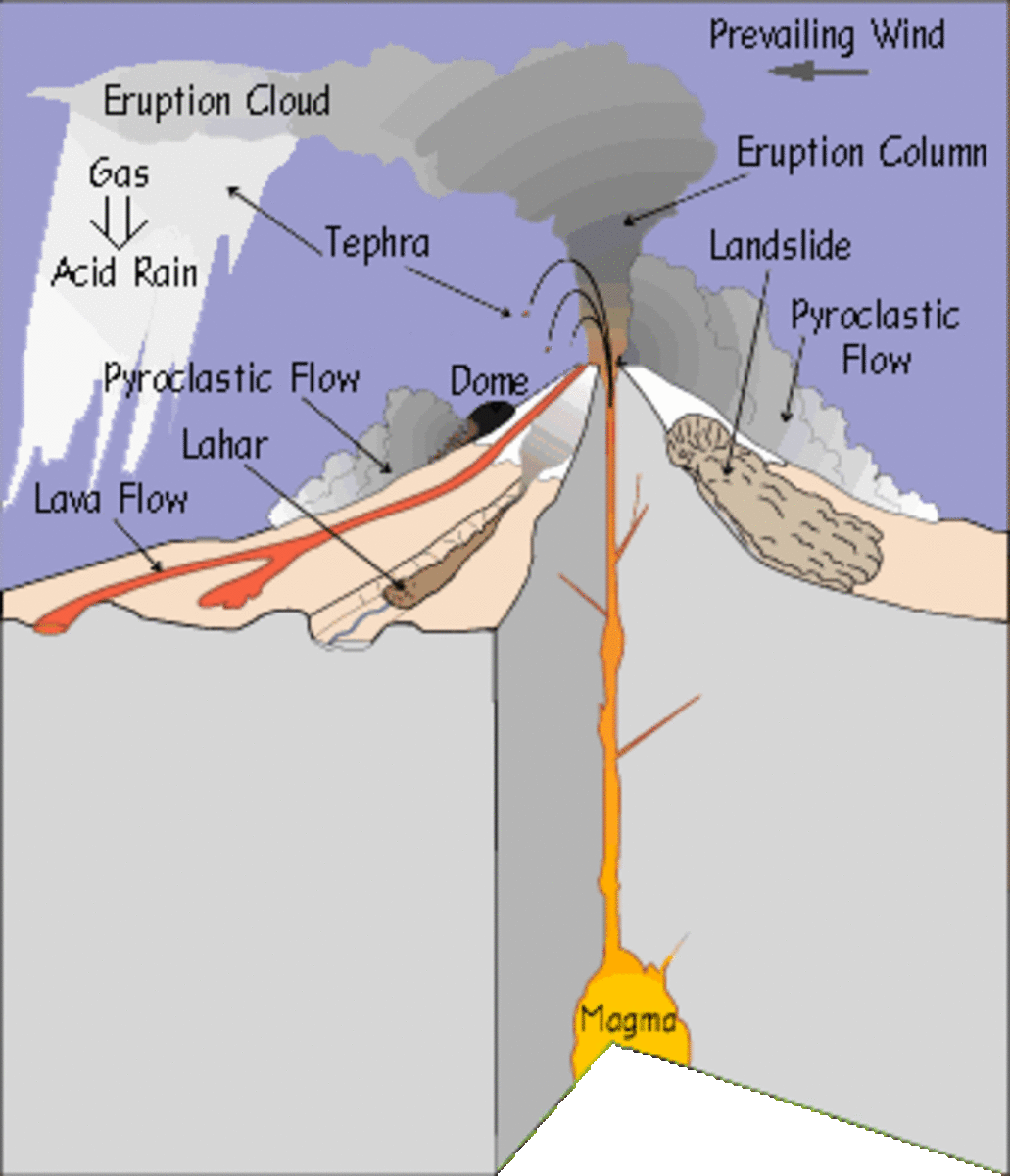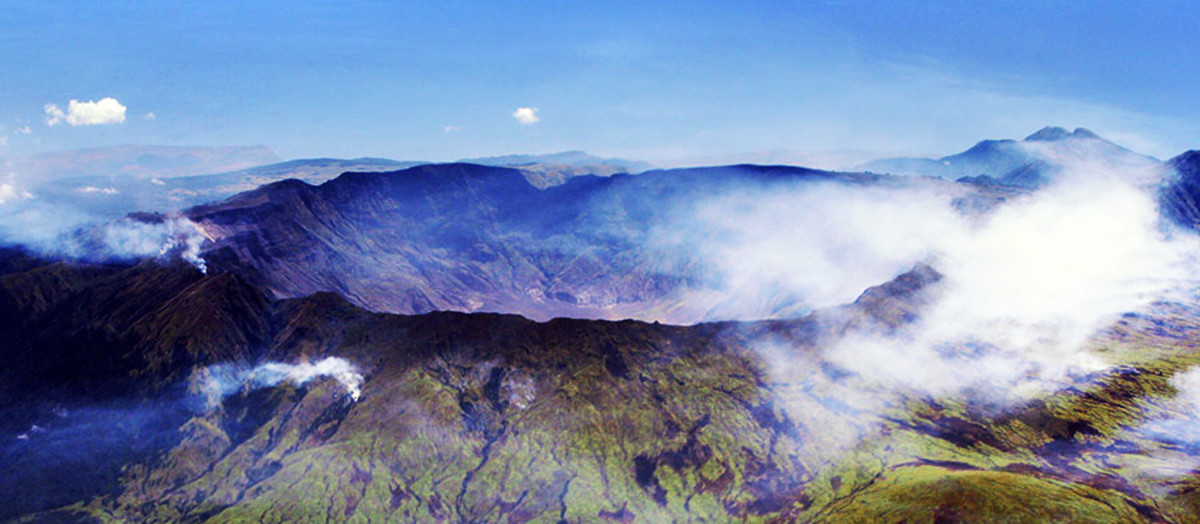World's Most Destructive Volcanoes
Ever wondered what are the world’s most destructive volcanoes? I wondered about this when the Iceland Volcano erupted.
March 20, 2010. After nearly 200 years, the Eyjafjallajokull (AYA-feeyapla-yurkul) volcano in Iceland erupted. While it has not been a major eruption so far (thank goodness), the residents of the surrounding area had to evacuate.
Huge ash cloud can be seen from the Icelandic volcano which turned the skies of northern Europe into a no-fly zone causing hundreds of thousands of passengers to be stranded in the airport.
Volcano eruptions are a result of the tectonic processes (structure or movements of the earth’s crust) that have continuously shaped and re-shaped the Earth’s surface for billions of years. These processes are responsible for some of the deadliest and biggest and huge eruptions in the world.
The Top List of the World’s Most Destructive Volcanoes
Mount Pinatubo, Luzon Philippines
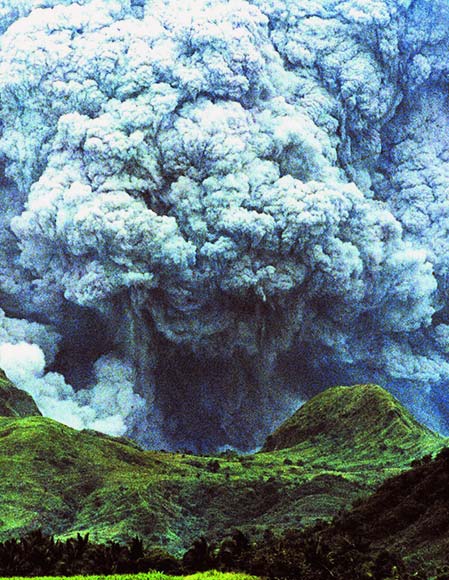
Mount Pinatubo, Luzon Philippines, 1991
Mount St. Helens, Washington State, United States, 1980
Novarupta, AlaskaPeninsula, June 1912
Krakatoa, Sunda Strait, Indonesia, 1883
Tambora, Indonesia, 1815
Laki, Iceland, 1783
Mount Vesuvius, Pompeii Roman Empire (now Italy), 79
Thera-Island of Santorini in the Aegean Sea – sometime between 1645 B.C. and 1500 B.C.
Yellowstone Supervolcano-northwest corner of Wyoming, United States- about 640,000 years ago
Deccan Traps, Deccan Plateau, India- about 60 million years ago
In recorded history, volcanoes that have explosive eruptions at the subduction zone (or what you call as convergent-boundary volcanoes) posed a great hazard to mankind. Furthermore, subduction-zone stratovolcanoes or what you call a composite volcano which is characterized by a steep, conical profile (eg. Mount Pinatubo and Mount St. Helens) typically erupt with such explosive force. The magma is too stiff preventing the easy escape of volcanic gases. This causes tremendous internal pressure to the trapped gases during its ascent; thus the sudden release is a violent eruption. Have you ever tried putting your thumb on an open bottle of a carbonated drink and shaking it vigorously? Quickly remove your thumb and notice how the shaking action has separated the gases from the liquid and formed bubbles thereby increasing the internal pressure. The release of your thumb (done quickly) allows the gases and liquid to come out with explosive force plus speed.
Will the Volcanic Eruptions Affect Our Climate?
The eruption of Mount Pinatubo in the Philippines caused global temperatures to be cooler than normal the succeeding year. There was also an effect following the Tambora volcano in Indonesia in April of 1815. That was known as the "the year without a summer" with snow falling across the United States in July 1816.
Icelandic volcanoes have also affected the climate before esp. with the eruption of Laki, 1783. There was a haze all over Europe, cooled temperatures and the monsoon flow was altered. But thankfully, the recent volcanic eruption has not been strong enough to cause such an effect on our climate. Let's just hope it stays that way.
One strange thing though, the eruption of the Icelandic Volcano has caused spectacular sunsets. Read more about it.


